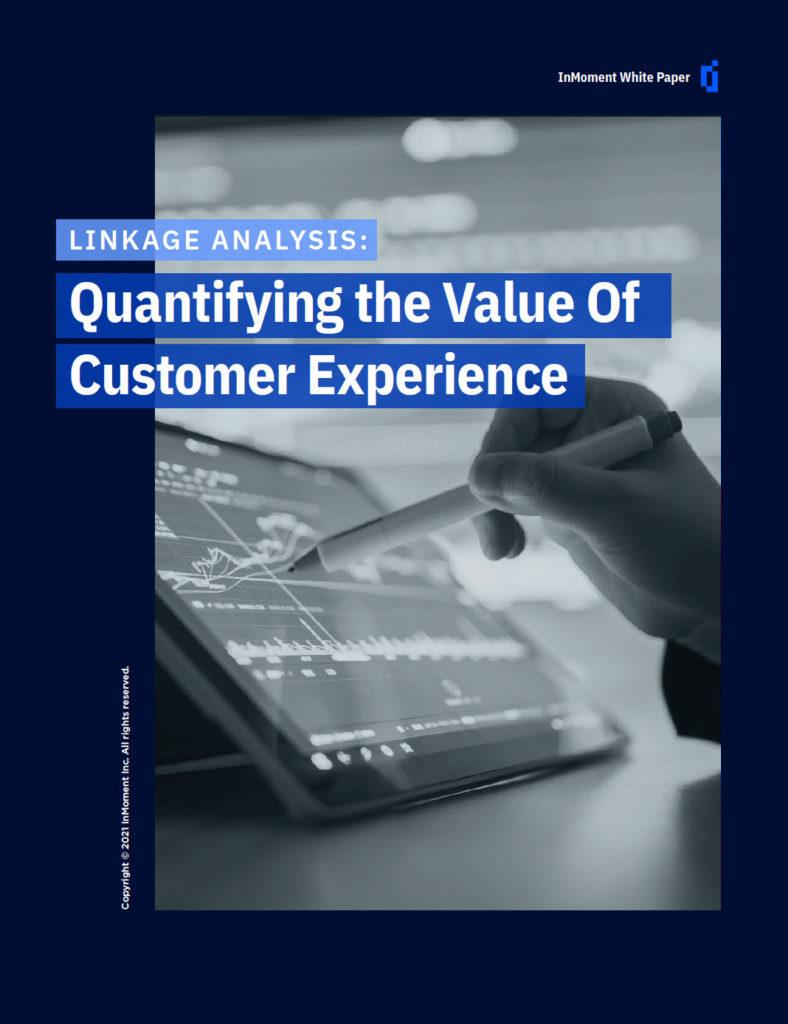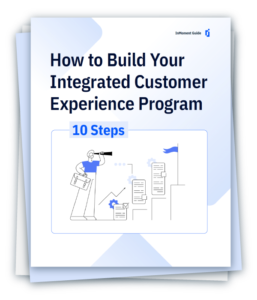What Is Market Research?
Market Research helps leaders understand the context of the overall market, so they can predict trends with greater accuracy.
Also known as inferential statistics or advanced analytics, Market Research is a step beyond the basic data collection done in rudimentary market research. Market Research pursues insights that cannot be discerned from initially viewing the data, using methods such as linkage analysis, correlation analysis, conjoint analysis, maxdiff, factor and principle component analysis, structural equation modeling, cluster analysis, and nonlinear regression. It goes beyond just explaining the conditions of the data set, and seeks to predict and draw conclusions based on the present data. This data is ultimately used to understand consumer purchasing preferences.
To clarify, market research, including advanced market research, involves industry-wide data. Marketing research, on the other hand, relates to data relevant to only one company and its customers. Data mining and predictive analytics fall under the advanced market research umbrella.
Why Use Market Research?
In the same way that supply chains can be optimized by analyzing inventory and distribution capacity, companies’ CX efforts and overall profit can be optimized using market research.
Market Research is beneficial to customer experience (CX) programs primarily because it helps leaders understand the context of the overall market, so they can predict trends with greater accuracy. Using these insights, companies can optimize the customer experience, which will in turn increase company profits. Variations in market research and its effects depend on the industry and the focus of the marketing campaign.
Market research can help companies identify consumer opinion of brands, products, and ideas. This information provides a check on what the company is producing, allowing for targeted changes when necessary to increase revenue and profits. By knowing how customers think, companies can make key business decisions that will best protect the company’s interests and produce the most profit, both long term and short term.

WHITE PAPER
Linkage Analysis: Quantifying the Value of Customer Experience
How linkage analysis can help you establish a business case for managing and improving your customers’ experiences by moving beyond just surveys to prove the value of your technology and CX investments.
What Does Modern Market Research Look Like?
Modern market research requires a blend of marketing science and research consultancy. It requires intricate planning and must ve tied to your organization’s goals. This helps prove market research’s value to the boardroom, allows you to pinpoint which research projects helped shore up which experience goals, and makes your insights much more actionable. Gathering stakeholders and engaging with them at the right time and in their preferred style is essential, too.
Modern market research is can also be leveraged for journey mapping. For those who don’t already know, journey mapping is a process that allows organizations to understand how multiple journeys in both the customer and employee spheres interrelate. Journey mapping is meticulous work at the best of times, but evaluating your business strategy, establishing the audiences most relevant to that strategy, gathering stakeholders, and learning which moments matter most isn’t ‘just’ good research—it’s invaluable for actually effecting change.
At the end of the day, research is about learning something and then effecting change, which is why these notions of stakeholder engagement and journey mapping should be front and center in every organization’s future research strategy. Research built solely on metrics and drivers is okay; research built on insights and experiences is next-level.
What Happens After You’ve Conducted Your Research?
The most critical ingredient for effective market research reporting is stories, yet storytelling is rarely given the attention it deserves. If research is both art and science, we need to sharpen our more artistic skills. These include writing, presenting, persuading, visual arts, theatrical arts, and the art of storytelling.
So, how can you harness the power of stories to successfully report on market research? What follows is a set of principles that will help you identify key insights in the data and then successfully communicate market research results to business end-users. Here are the four main steps:
Step #1: Understanding
Context is everything. Before designing a research study, it is critical to understand your business’ objectives, current environment and situation, and pain points, as well as stakeholder interests and how the information will be used. Focus on gathering context about the business and research needs through clients, employees, and other outside sources before planning and designing the study.
Step #2: Planning
Design your research study with the “end in mind” and look at the process from the beginning to the end. First, focus on the business objectives, then design the way information will be delivered to meet those objectives. Third, design the analytic plan to provide this information, and finally design the survey instrument and the sampling frame to collect the data to be analyzed.
Step #3: Discovery
When the data is collected, an essential step is to review the data and discover its hidden story. It is a common failure of many market research studies that researchers deliver a long report of results from the study that is essentially an information dump, without focusing on a story that answers the questions the study was commissioned to answer in the first place! To keep this from happening, you need to focus on a discovery phase, where the data is reduced to a coherent story that will answer businesses’ research questions.
Step #4: Communication
Now that you’ve reduced the data to a story, how can you tell that story in the most effective way? This is the last and arguably most important element of delivering research results, as only effective communication can help you meet your business’s research objectives. There are many ways to communicate your story effectively, but we will focus on three best practices you can implement for effective business reporting.
How Can Market Research Benefit You?
At Pearl-Plaza, we believe companies should be able to make decisions quickly and anticipate CX trends. We believe that in order to do that, they need to harness the latest academic and mathematical research methods in order to stay ahead of the competition.
That’s why we’ve hired doctorate level researchers, scientists, mathematicians, statisticians, and other leading academics from around the world to help. With them, accurately measure the impact of every CX action, process unstructured data from all channels and even predict how customers or potential customers will respond to products, prices, and services. Data will transform before your eyes into actionable info. Welcome to Market Research and Analytics. Pearl-Plaza style.



